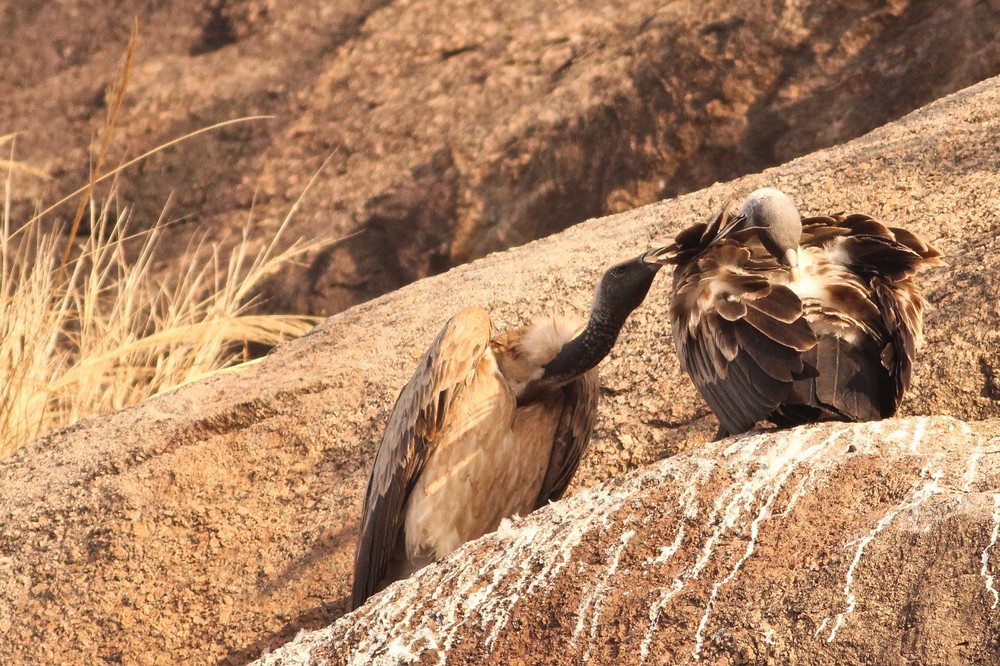Indian Vulture
A species of Griffon Vultures and Allies Scientific name : Gyps indicus Genus : Griffon Vultures and Allies
Indian Vulture, A species of Griffon Vultures and Allies
Botanical name: Gyps indicus
Genus: Griffon Vultures and Allies
Content
Description General Info
 Photo By Vaibhavcho , used under CC-BY-SA-3.0 /Cropped and compressed from original
Photo By Vaibhavcho , used under CC-BY-SA-3.0 /Cropped and compressed from original Description
The Indian vulture is medium-sized and bulky. Its body and covert feathers are pale, its flight feathers are darker. Its wings are broad and its tail feathers short. Its head and neck are almost bald, and its bill is rather long. It is 81–103 cm (32–41 in) long and has a wing span of 1.96–2.38 m (6.4–7.8 ft). Females are smaller than males. It weighs 5.5–6.3 kg (12–14 lb). It is smaller and less heavily built than the Eurasian griffon. It is distinguished from that species by its less buff body and wing coverts. It also lacks the whitish median covert bar shown by griffons. 
Size
1 m
Nest Placement
Cliff
Feeding Habits
Indian Vulture primarily feeds on carrion, especially dead cattle. These birds forage by using their keen eyesight and observing other scavengers, often feeding in large groups with raucous behavior, including grunting and hissing.
Habitat
Indian Vulture predominantly resides in flat, open regions often in proximity to human settlements such as villages, towns, and cities. This species is also found in cultivated landscapes and areas designated for wildlife conservation. Typically seen alongside the closely related G. bengalensis species, though in lesser numbers, indian Vulture displays a preference for nesting on cliff faces, a trait not shared with its relative G. tenuirostris.
Dite type
Scavenger
General Info
Feeding Habits
Bird food type
Behavior
The Indian vulture breeds mainly on cliffs in South and Central India, but is known to use trees to nest in Rajasthan. It may also breed on high human-made structures, like the Chaturbhuj Temple. Like other vultures, it is a scavenger, feeding mostly from carcasses, which it finds by soaring over savannah and around human habitation. It often congregates in flocks. 
Species Status
CRITICALLY ENDANGERED.